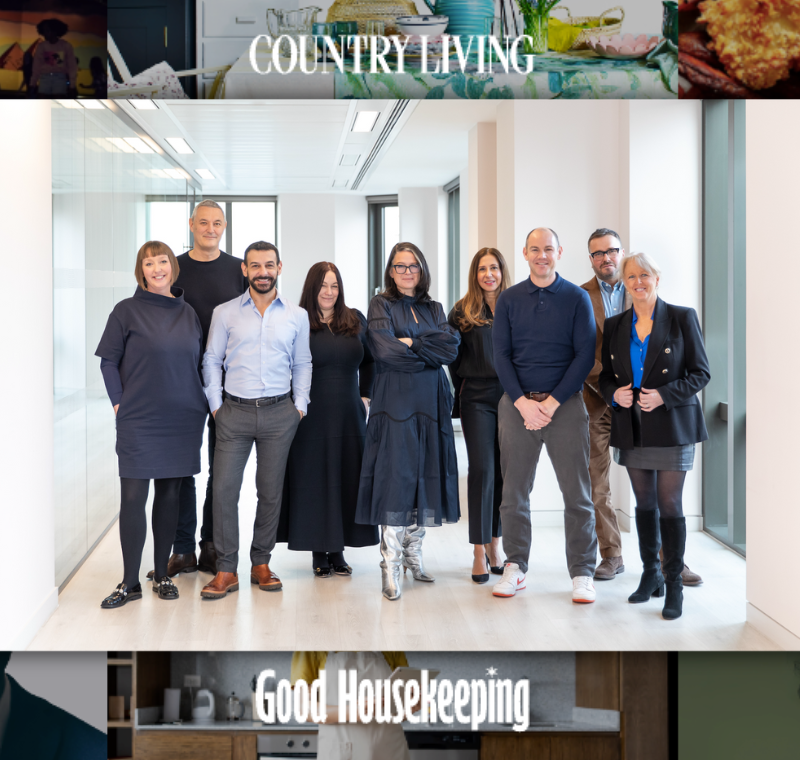BuzzFeed editor on publishing for the social age
In its inception, BuzzFeed’s website organisation focused on aggregated shared content, but not so much on creating content. Since then it has been constantly growing, launching BuzzFeed News in 2012 and Buzz Life in 2014, covering all things parenting, cooking, gardening and home, as well as giving its video vertical “the front seat”, as Leopold put it.
BuzzFeed and emotion go hand-in-hand
BuzzFeed’s yellow buttons that sit at the top of the homepage are known to everyone, but they are a representation of what the company has understood about media and sharing. “Sharing is about emotions and emotions and virality go together”, Leopold said.
They reach over 175m monthly uniques, 50 per cent of which are 18-34 year olds. According to Leopold, “we don’t publish something that doesn’t work for mobile because it will not succeed” and this is why 50 per cent of BuzzFeed’s traffic is mobile and growing.
Once on BuzzFeed’s side, it won’t let you go
75 per cent of BuzzFeed’s traffic comes from social sources and Leopold shared that the philosophy behind is that “we want to offer people a mix of contagiousness and stickiness, as content needs to reach people and stir their emotions”.
With a large social media footprint, BuzzFeed has over 500m monthly video views, over 9m YouTube subscribers and its latest effort was producing BuzzFeed Motion Pictures, which will produce longer videos than the ones currently available.
In terms of comparing with other companies, Leopold said that “we don’t want to be The New York Times and it’s okay not to be The New York Times”.
The ‘bored at work’ network
BuzzFeed’s yellow reaction buttons also represent the smallest expression of an emotion. A topic frequently mentioned is content revolving around cats, which Leopold said “is a thing because it makes you feel good” when you’ve had a bad day, whether you’re a cat person or not.
Founder Jonah Peretti coined a phrase which encompasses the company’s ethos: “We are catering for the ‘bored at work network’, the largest network in the world”.
What do people love to share?
On the assumption that people don’t use BuzzFeed for serious news, Leopold gave the example of their “Battered, bereaved and behind bars” article, which was shared over 10,000 times on Facebook. “In Germany, people love to share articles about topics such as homophobia and racism because it sparks outrage and discussion”, she added.
People share content that they can identify with, which makes them feel recognised, relevant and teaches them about other people’s identities. Posts such as “19 moments in which Google Translate didn’t really help you” was shared 20,000 times on Facebook and that kind of content works because “you get people to say – hey, this is my life and somebody has understood it”, said Leopold.
She also mentioned that another thing that sparks virality is a call for action and posts such as “The dress”, which currently has over 38m views worldwide, is the kind of question that divides people and connects them because “even if it doesn’t matter to them, they’ll still have an opinion on it”, according to Leopold.
What does Buzzfeed do that is new?
BuzzFeed treats technology as an ally, having implemented a tool in their CMS which allows them to see what a post looks like before it’s posted, which also works on mobile and is paired with an AP testing for headlines and thumbnails. “Testing your content will make a difference – do it”, Leopold stressed.
BuzzFeed content is optimised for mobile and having a post that is text-only or a video that is 50 minutes long “is not an option, because they’re unapproachable”, she said. Instead, they create smaller videos that can be consumed even without sound or a great internet connection due to their small size.
Think of social media as your homepage
At BuzzFeed, content is regarded as free and floating and the goal is for people to share it, but when and how people choose to do so is much more important than “optimising the homepage for clicks”, Leopold pointed out.
People liking a page is not enough and publishers need to continuously provide content that users will engage with. She also shared that some audiences consume content that they don’t want their peers to know they are consuming and love a sarcastic approach to posts.
Measuring success
“We don’t take for granted being on this daily media menu, we need to earn the trust of our readers”, Leopold said. If this is properly done, people will willingly share with their networks and communities why they like and share the stories you produce.
She concluded by saying that trust, love and sympathy “are what you need as a brand in order to be in people’s lives”.
Story by Madalina Ciobanu.









